There is a wide variety of blocking techniques used for varying schemes across football, but the underlying theme is that they all fall within the legal framework of the game.
If a blocker does not use a legal blocking technique, a penalty flag will be thrown and a loss of yardage ensues.
A legal block occurs when the blocker strikes the opponent, attacking the front side of the body, with his strike landing within the framework of the body.
Legal Blocks
The two ways a blocker tends to engage an opponent are striking through the chest on his feet or cut blocking as he attempts to drive through the opponent's legs.
Upper Body Block
The first legal block we will examine is striking through the chest while still on our feet. This type of block is common in most run and pass schemes and can be identified in any play of a football game.
The player must engage the defender while attacking the front of his body with his hands landing in the inside framework, ideally the breastplate, of the defender's body. If the block does not follow these criteria, a penalty will be issued.
Cut Block
The cut block is often used in space and the legality of it can often be difficult to understand. The cut block has been banned at some levels, so be sure to examine your league rules before deciding to utilize this block.
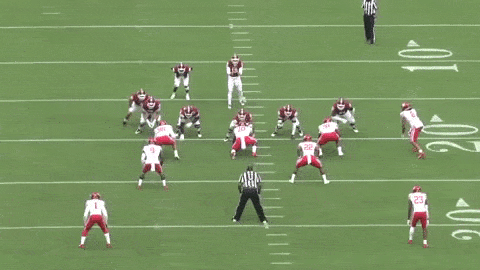
When cutting, a blocker must attack the defender's front side of the lower body without contact from another player. If there is a contact coming from the side or rear while cutting a flag will be thrown. If another player is already engaged with the defender and one decides to cut block a flag will be thrown as well.
Illegal Blocks
When a block falls outside of the framework explained above a penalty flag is thrown. However, there are details that go into each illegal block that determines the type and severity of the penalty that accompanies the block.
Holding
Holding occurs when the hands go outside the framework of the defender's body during the block. Excessive grabbing of the jersey when striking on inside of the body can also warrant a holding penalty.
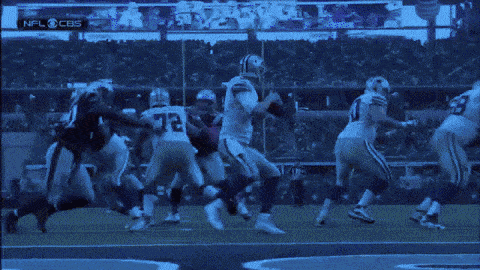
It is important to work on "re-fitting" your hands back inside to avoid this penalty as the defender attempts to put a move on to disengage the blocker.
Loss of 10 yards is the penalty for committing this infraction.
Clipping
Clipping occurs when a blocker engages the defender's lower half from the backside. This tends to deal with cut blocking for the most part, but some severe blocks from behind that are above the belt will also warrant a clipping penalty from the official.
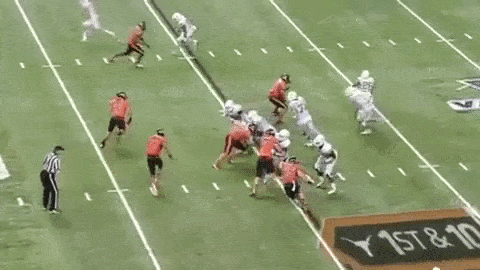
There is a lot of overlap and even misinterpretation with clipping and blocking in the back, but the main difference is the severity and where the block occurs. Clipping is more severe and usually occurs below the waist.
This penalty consists of a loss of 15 yards when called.
Block in the Back
An Illegal Block in the Back is the less harsh version of clipping. It deals with a strike above the waist to the backside of the defender as opposed to clipping which occurs below the waist.
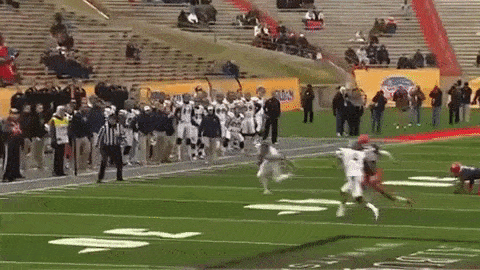
The important thing to remember with this block is that if you are engaged with a defender and they give you their backside it is legal to continue to engage them even though you are striking them in the back. This only applies to the initial engagement tending to occur in the open field.
With it being less harsh than clipping, this infraction only carries a 10-yard penalty.
High-Low (Chop) Block
A High Low block is one of the most dangerous blocks in football. It occurs when two players engage a defender and one of the blockers is cutting. It can cause severe injuries and it is very important for player safety to avoid this block.
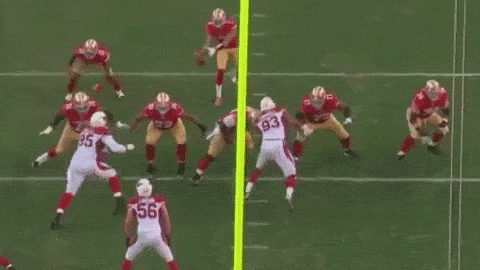
To avoid this penalty, be sure to communicate pre-snap who is cutting with whatever terminology you may use. This way all linemen know who is cutting and to not engage the defender on the receiving end of the block.
Conclusion
When considering the legality of a block, it is important to consider what portion of the defender the blocker is attacking and if the strike lands in the framework of the body.
If it does not land on the front side and within the framework of the body, it can fall into the categories of holding, clipping, block in the back, hands to the face, or a high low.
1
2
3
4
5
6
7
8
9
10
11
12
13
14
15
16
17
18
19
20
21
22
23
24
25
26
27
28
29
30
31
32
33
34
35
36
37
38
39
40
41
42
Lesson 43:
Legal & Illegal Blocks
44
45
46
47
48
49
50
51
52
53
54
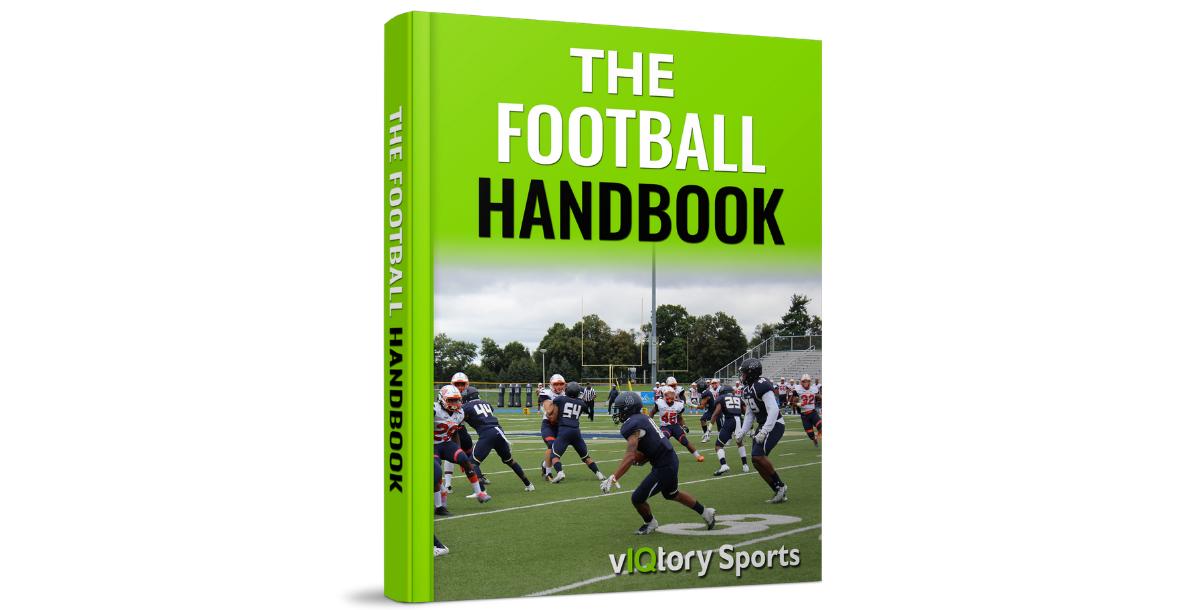
The Only Football Guide You'll Ever Need We take you deep inside the game of football. The Football Handbook has everything you'll need to learn scheme, formations, techniques. You'll get a complete breakdown of how coaches all around the world are teaching and evolving the game of football. Included In This Course: Courses For Every Position On The Field Deep Look Inside Offense & Defensive Ph...
